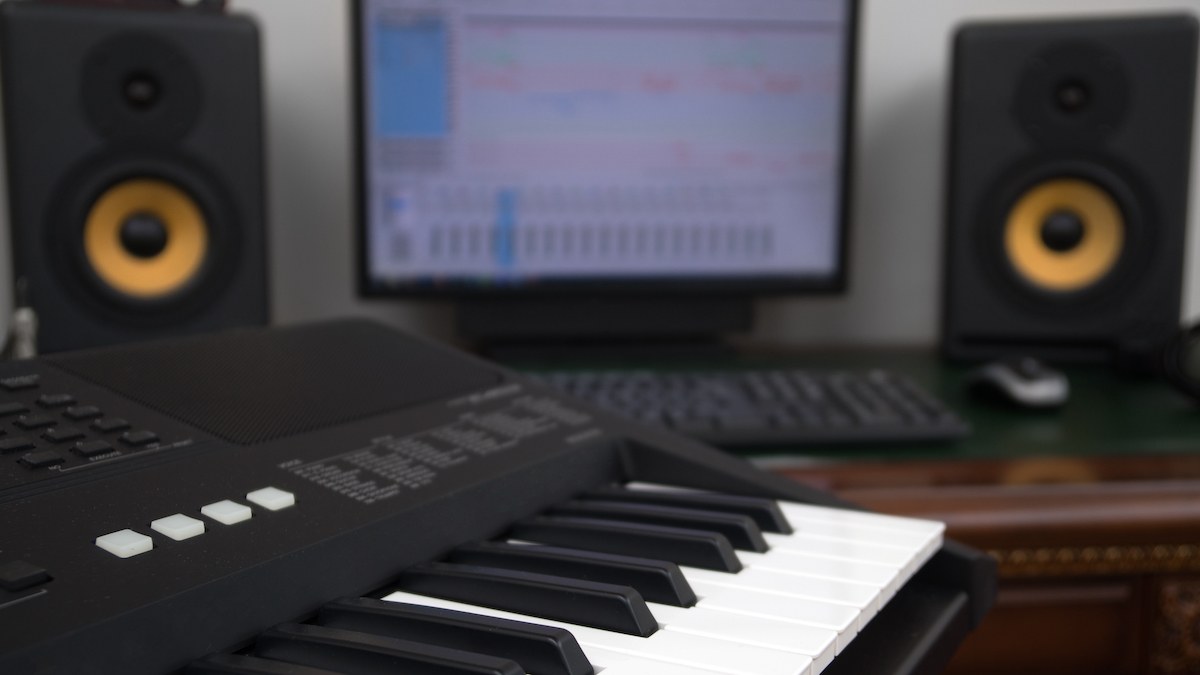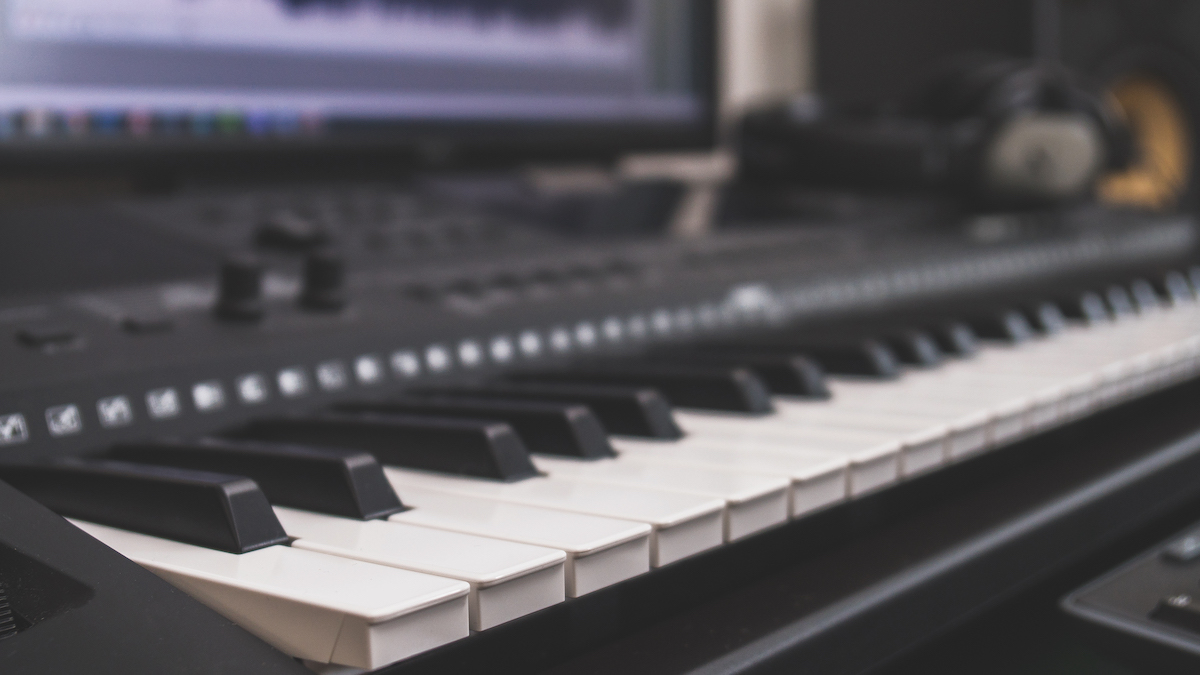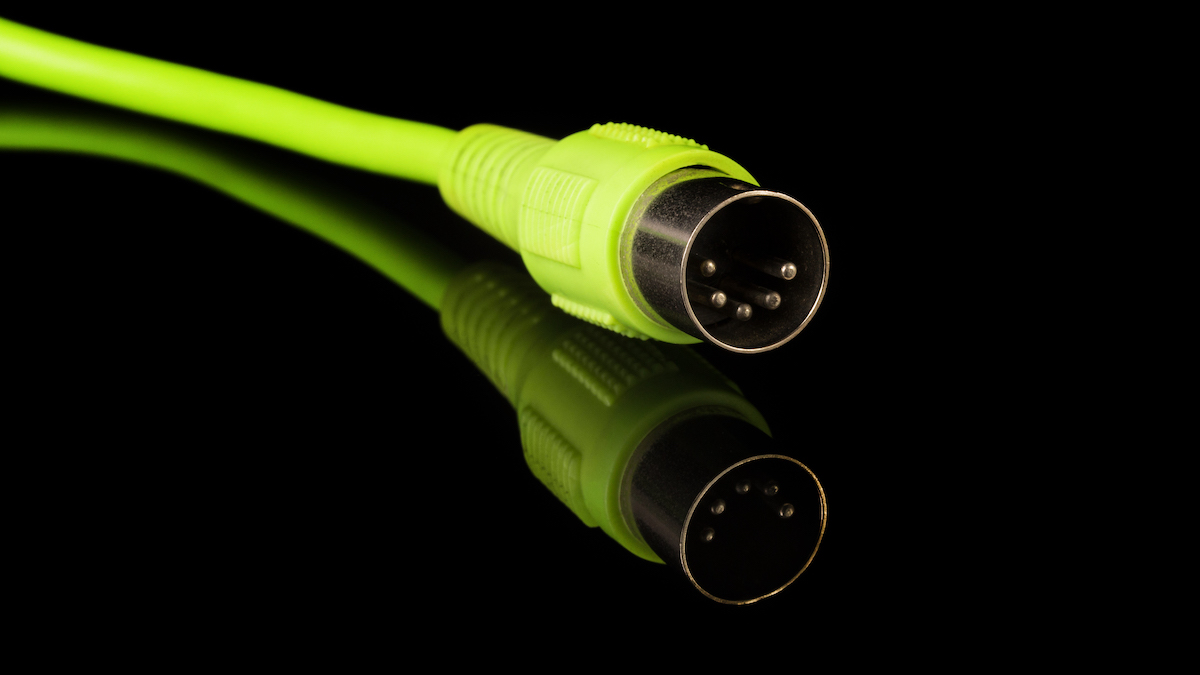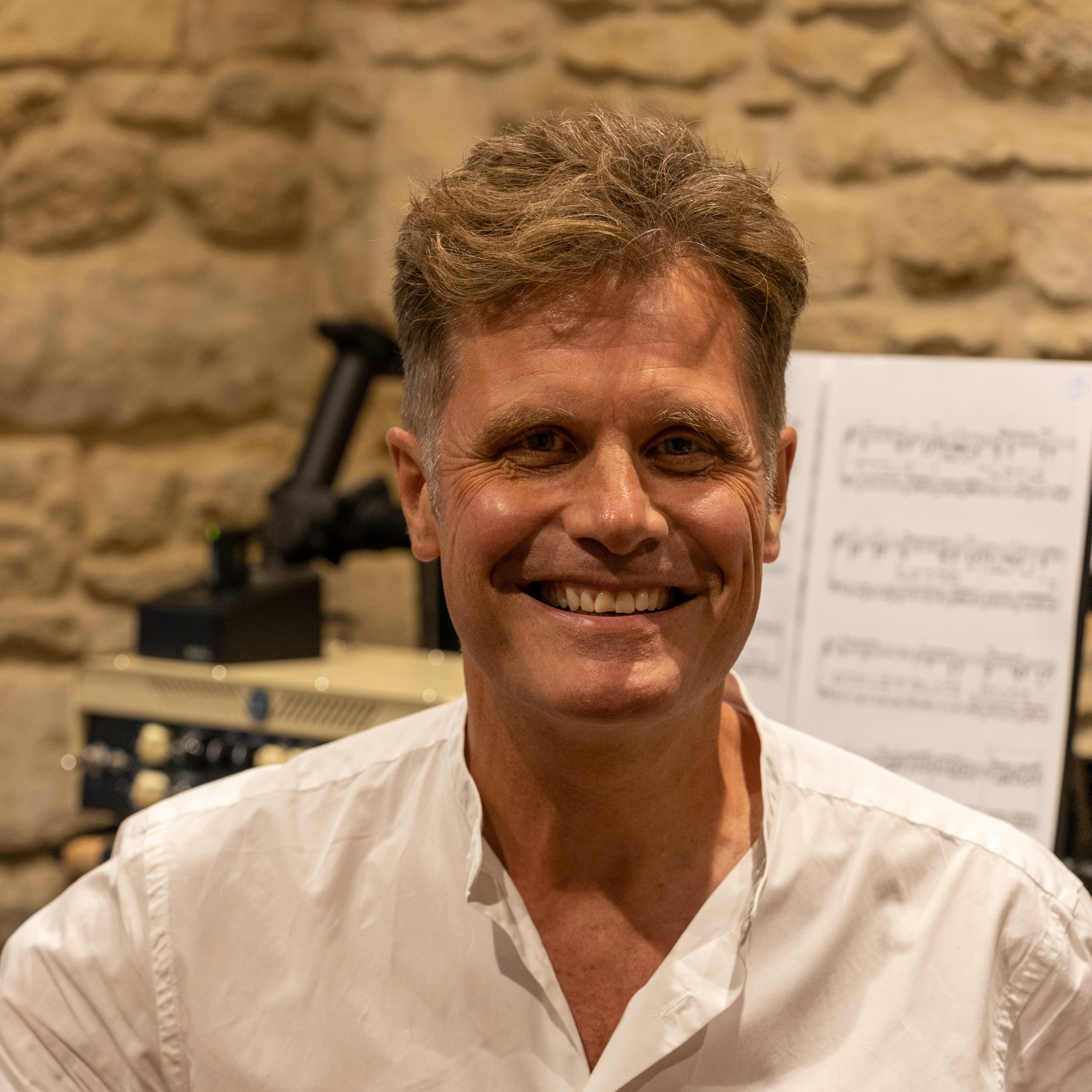Can I use a digital piano as a MIDI controller?
Repurposing a digital piano as a MIDI controller is a fantastic way to expand your musical horizons. It’s a no-brainer for many musicians

Can a digital piano cut it as a MIDI controller? Yes, absolutely. Provided it features MIDI it’s the preferred route for many musicians, especially pianists.
If, however, you’re a producer or multi-instrumentalist curating an ever-growing portfolio of MIDI instruments - both hardware and software - then a dedicated MIDI controller may be a better centrepiece for your studio. Let’s explore your options further…
Expand your musical horizons
Tapping into your digital piano’s MIDI capabilities enables you to hook up an almost infinite amount of additional hardware and software. More specifically, it opens up recording opportunities with a DAW, and makes it possible to embrace superb piano, keys and synth emulations, such as Pianoteq, Keyscape and Arturia V Collection. You’ll also be able to forge more efficient workflows with sound libraries from the likes of Spitfire Audio.
If you’re more of a producer or multi-instrumentalist than a pianist, you’ll appreciate the deeper creative opportunities MIDI offers, especially the ability to control and combine hardware synths and drum machines with software, including mobile apps. However, if you have big ambitions in this direction, then a dedicated controller may be a better fit.
MIDI isn’t audio, instead it’s a language that enables one device to control another. Clever, eh?
Piano vs controller?
What’s the difference? Digital pianos can look remarkably like acoustic pianos. Take the Yamaha CLP-785, for example, which looks just like a traditional upright piano, or a Kawai DG30, which is reminiscent of a (tiny) baby grand. At the less expensive end of the scale are the portable slab-like pianos, such as the Roland FP-30X, which are, nonetheless, still fine instruments.
What they, and most similar modern digital pianos, have in common is that they all generate sound and have built-in speakers. They all feature MIDI too.
Get the MusicRadar Newsletter
Want all the hottest music and gear news, reviews, deals, features and more, direct to your inbox? Sign up here.
Stage pianos, such as the ubiquitous Nord Stage series, differ slightly because they’re built for live, amplified performance, so rarely have speakers. Just like dedicated MIDI controllers, they sometimes feature more extensive MIDI capabilities too, in order to manage a plethora of other on-stage gear.
Dedicated MIDI controllers also come in all shapes and sizes, including panels that feature little pads and rotary encoders. However, many of the most popular have a keybed, making them very similar in appearance to portable digital pianos.
The main differences are that MIDI controllers don’t generate sound or have built-in speakers but will usually have a multitude of pads, buttons and encoders that can be assigned to any MIDI task. Most have a limited number of rudimentary synth-like keys but a few, such as the Roland A88 MkII and the Arturia KeyLab 88 MkII, have a full complement of hammer-action weighted keys that rival any digital piano for playability.
The long and short of it is that either can be used to control external MIDI kit, with circumstances dictating which is a better option.
When a digital piano is best…

Digital pianos are an obvious choice for novice and experienced pianists who want to dip a toe into the land of MIDI. Stick to the respected brands, such as Roland, Yamaha, Kawai, Casio and Korg, and it’s easy to find a piano that looks great, sounds great and plays great from about $350/£350 and upwards. Even pianos at the budget end of the market will feature an authentic range of piano sounds, a decent keybed, a solid set of speakers and MIDI.
Start spending thousands and the top tier digital pianos easily rival acoustic pianos for sound quality, key action and dynamics. Many also have partner tuition apps, which can make learning more engaging and fun.
Perhaps the best reason to buy a digital piano over a MIDI controller is that they’re so immediate, especially if your first love is playing the piano and MIDI is an occasional diversion. Just press the power button and start playing, there’s none of the faff of additional audio interfaces, monitors and so on. Then, when you do fancy recording or playing some different sounds, the built-in MIDI connection has got your back.
Premium digital pianos also make handsome pieces of furniture, fit to grace the most elegant Living Rooms - not something that can be said of most MIDI controllers, which tend to have a more functional aesthetic.
…And when it isn’t
Once you start to build a more sophisticated MIDI setup, with a DAW, drum machines, arpeggiators, sequencers, effects units, external hardware synths and so on, within a dedicated space such as a home studio, then a digital piano makes less sense. Instead, a controller like the Arturia KeyLab, which includes multiple pads for percussion, a host of rotary encoders, transport controls and templates for popular DAWs such as Logic and Ableton, will enhance your workflow no end.
Of course, they’re not mutually exclusive. Why not consider a piano in the living room and a controller in your home studio?
Putting it all together

Surprisingly, MIDI, which stands for Musical Instrument Digital Interface, didn’t evolve much after being standardised in the early eighties, it was that good. Recently though, we’ve seen the arrival of MIDI 2.0 which adds higher resolution, better timing and more expressiveness. If your piano has MIDI 2.0 then great, but if it doesn’t (and most don’t just yet) then it’s no biggie, this latest version is backward compatible.
Connecting your piano to a DAW, or instrument like a synth module, is often just a matter of hooking them both up via USB, MIDI or Bluetooth, pressing a key and hearing a sound. It’s that easy.
Sometimes, in order to connect to a laptop, a driver needs to be installed but many products are class compliant, so no additional software is needed. Similarly, for many years MIDI required specific cables but you’re more likely to find USB on your digital piano these days, or even Bluetooth.
That said, if you are using traditional 5-pin MIDI cables, it’s usually a case of running a connection from the MIDI Out port on your piano to the MIDI In port on your external hardware. Some kit also has MIDI Thru ports, which enables you to daisy-chain equipment together by connecting a cable from the Thru port on the first device to the In port on the next.
With USB, it’s simply a case of plugging a USB cable into both devices. An additional advantage of USB is that it can carry audio at the same time (remember, MIDI isn’t audio), which means it may be possible to record the sounds from your piano, or play sounds from external equipment through your piano’s built-in speakers.
Bluetooth used to get a bad rap for latency but if your piano is a recent model it should work extremely well. It’s an absolute gift when working with mobile devices, such as using your piano to play a synth within Garageband on iOS. If Bluetooth isn’t an option, products like IK Multimedia iRig MIDI 2 enable you to mix and match various flavours of MIDI connectors and mobile devices.
Troubleshooting MIDI
Straightforward MIDI implementations, like those described above, can get complex very quickly if you start to add more instruments to your studio’s ecosystem. However, if you’re connecting just one or two pieces of kit you shouldn’t run into any problems, though one issue to be aware of is MIDI channels.
MIDI is allocated across 16 channels per port, and although multi-timbral instruments can use more than one channel, essentially you just need to make sure that your piano and external device are communicating on the same channel. If you’re setting up MIDI for the first time, chances are both will default to channel 1, or All anyway.
Bluetooth can be a frustration because some apps rely on connections being made within the OS, while others insist on connecting within the software itself. A few attempts and you should be good to go.
Once connected successfully, pressing a key on your piano will send a message to your external device, such as Note On (and Note Off). This message, for example, not only tells your hardware to play a note, but also specifies the pitch and velocity in values from 0 to 127.
If you need to dig deeper, Mac OS ships with an excellent utility called Audio MIDI Setup that will help you configure your MIDI implementation, while the third-party MIDI Monitor is excellent for detailed troubleshooting. For Windows, MIDI OX is the go-to Utility.
Related buyer’s guides
- Best MIDI keyboards for beginners: your intro to music production
- Best cheap MIDI keyboards: wallet-friendly controllers
- Best digital pianos under $1,000/£1,000: budget-friendly for home and studio
- Best studio headphones: expert picks for music production and mixing
When Simon's childhood classical guitar teacher boasted he 'enjoyed a challenge', the poor man had no idea how much he'd underestimated the scale of the task ahead. Despite Simon's lack of talent, the experience did spark a lifelong passion for music. His classical guitar was discarded for an electric, then a room full of electrics before Simon discovered the joys of keys. Against all odds, Simon somehow managed to blag a career as a fashion journalist, but he's now more suitably employed writing for MusicRadar and Guitar World. When not writing or playing, he can be found terrifying himself on his mountain bike.
MusicRadar deals of the week: Enjoy a mind-blowing $600 off a full-fat Gibson Les Paul, £500 off Kirk Hammett's Epiphone Greeny, and so much more
“For those who think they know Joel’s story, as well as those who are not as familiar, I believe this two-part film is both a revelation and a surprise”: New Billy Joel doc is on the way










